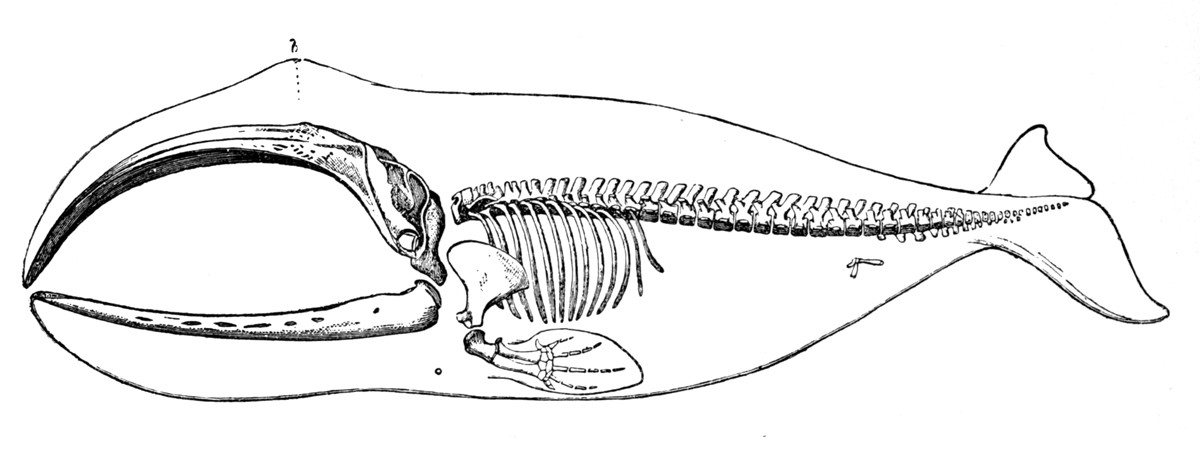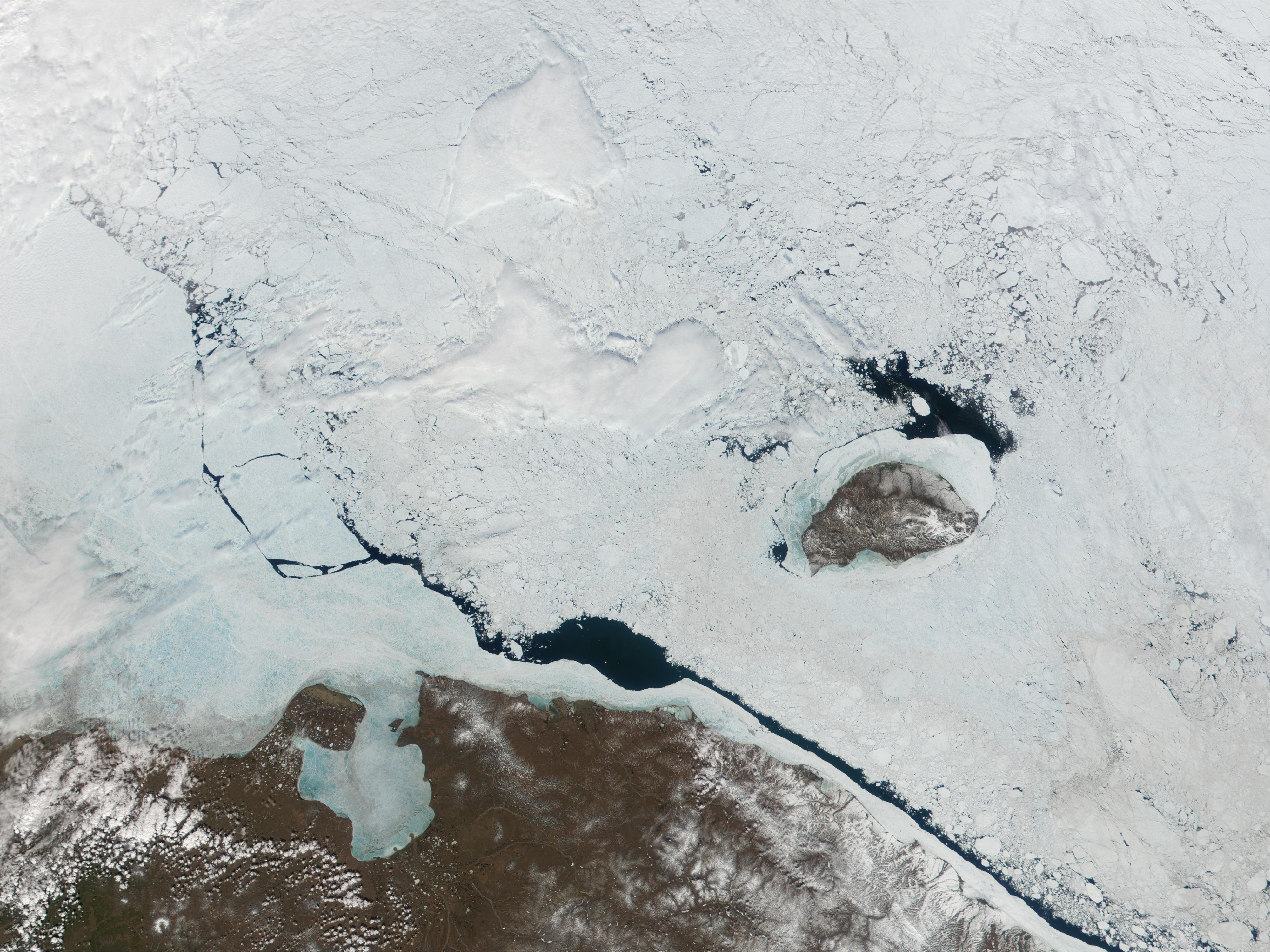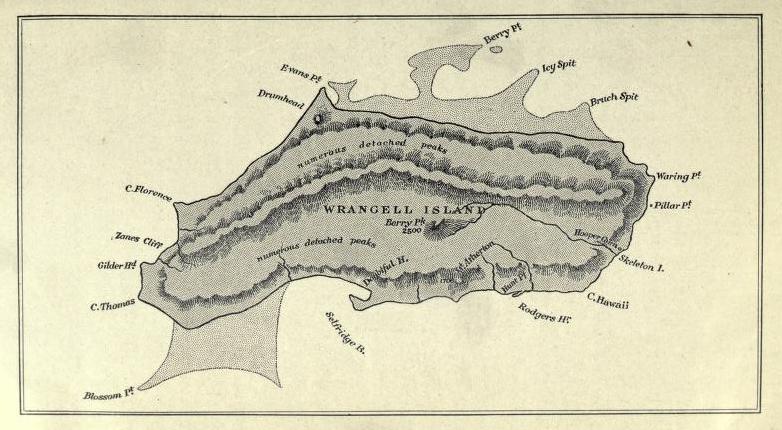|
Thomas Long (captain)
Thomas W. Long was an American whaling ship master. Whaling career Long was captain of the ship ''John and Elizabeth'' (296 tons), of New London, in 1854; the ship ''India'' (433 tons), of New London, in 1855, 1856, and 1857; the barque ''Merrimac'' (414 tons), of New London, in 1858; and the ship ''Isaac Howland'' (399 tons), of New Bedford, in 1860, 1861, 1862, and 1863. He used the schooner ''Caroline'' (106 tons), of New London and then Honolulu, as tender from 1855 to 1858 and from 1860 to 1862.''Whalemen's Shipping List and Merchants' Transcript'', New Bedford, December 22, 1857, Vol. XV, No. 41. He sailed to the Sea of Okhotsk each season. In 1854 he obtained 800 barrels of oil. In 1855, up to September 8, he had taken 39 whales, which produced 1,800 to 1,900 barrels of oil; and in three seasons from 1855 to 1857, he got 8,000 to 9,000 barrels of whale oil with the help of his tender ''Caroline'', mainly cruising in Tugur Bay and Academy Bay. He left the ''Caroline'' in ... [...More Info...] [...Related Items...] OR: [Wikipedia] [Google] [Baidu] |
Tiksi Bay
Tiksi Bay (russian: Бухта Тикси, ''Bukhta Tiksi'') is a bay of the Laptev Sea that cuts into the northern part of the Sakha Republic, Russia. History This bay was first surveyed by Russian Arctic explorer Dmitry Laptev in 1739. It was then called "Gorely Bay". The name "Tiksi Bay" was adopted in 1878. There is a cross at Tiksi Bay marking the place of death of U. S. whaling captain Thomas Long.Soviet Life, Issues 7-12 Geography The bay is up to 21 km long, 17 km wideGoogleEarth and has a depth of 2 to 11 metres. The Sogo and Yuryage Rivers discharge into the bay. The port of Tiksi lies on the west side. Semidiurnal tide Tides are the rise and fall of sea levels caused by the combined effects of the gravitational forces exerted by the Moon (and to a much lesser extent, the Sun) and are also caused by the Earth and Moon orbiting one another. Tide tables can ...s in the Kola Bay are about 0.3 metres. In winter the bay is clogged by ice. References * ... [...More Info...] [...Related Items...] OR: [Wikipedia] [Google] [Baidu] |
Bowhead Whale
The bowhead whale (''Balaena mysticetus'') is a species of baleen whale belonging to the family Balaenidae and the only living representative of the genus ''Balaena''. They are the only baleen whale endemic to the Arctic and subarctic waters, and are named after their characteristic massive triangular skull, which they use to break through Arctic ice. Other common names of the species are the Greenland right whale, Arctic whale, and Arviq in aboriginal languages ( Inuktitut). American whalemen called them the steeple-top, polar whale, or Russian whale. Bowheads have the largest mouth of any animal representing almost one-third of the length of the body, the longest baleen plates with a maximum length of and may be the longest-lived mammals, with the ability to reach an age of more than 200 years. The bowhead was an early whaling target. Their population was severely reduced before a 1966 moratorium was passed to protect the species. Of the five stocks of bowhead population ... [...More Info...] [...Related Items...] OR: [Wikipedia] [Google] [Baidu] |
American People In Whaling
American(s) may refer to: * American, something of, from, or related to the United States of America, commonly known as the "United States" or "America" ** Americans, citizens and nationals of the United States of America ** American ancestry, people who self-identify their ancestry as "American" ** American English, the set of varieties of the English language native to the United States ** Native Americans in the United States, indigenous peoples of the United States * American, something of, from, or related to the Americas, also known as "America" ** Indigenous peoples of the Americas * American (word), for analysis and history of the meanings in various contexts Organizations * American Airlines, U.S.-based airline headquartered in Fort Worth, Texas * American Athletic Conference, an American college athletic conference * American Recordings (record label), a record label previously known as Def American * American University, in Washington, D.C. Sports teams Soccer * ... [...More Info...] [...Related Items...] OR: [Wikipedia] [Google] [Baidu] |
East Siberian Sea
The East Siberian Sea ( rus, Восто́чно-Сиби́рское мо́ре, r=Vostochno-Sibirskoye more) is a marginal sea in the Arctic Ocean. It is located between the Arctic Cape to the north, the coast of Siberia to the south, the New Siberian Islands to the west and Cape Billings, close to Chukotka, and Wrangel Island to the east. This sea borders on the Laptev Sea to the west and the Chukchi Sea to the east. This sea is one of the least studied in the Arctic area. It is characterized by severe climate, low water salinity, and a scarcity of flora, fauna and human population, as well as shallow depths (mostly less than 50 m), slow sea currents, low tides (below 25 cm), frequent fogs, especially in summer, and an abundance of ice fields which fully melt only in August–September. The sea shores were inhabited for thousands of years by indigenous tribes of Yukaghirs, Chukchi and then Evens and Evenks, which were engaged in fishing, hunting and reindeer husbandry. ... [...More Info...] [...Related Items...] OR: [Wikipedia] [Google] [Baidu] |
Long Strait
The Long Strait (russian: пролив Лонга; ''Proliv Longa'') is a body of water in the Russian Federation. History This strait was named after the American whaling captain Thomas W. Long. In August 1983, it was the site of a disaster when 50 ships were trapped in ice, with the loss of one and damage to as many as 30 others. Geography This strait separates Wrangel Island from the Siberian mainland. It is very broad, its minimum width being 141 km, between Cape Blossom at the southwestern tip of Wrangel Island and Cape Yakan, 65 km east of Cape Billings, close to Gytkhelen, Chukotka.GoogleEarth The Long Strait is also a geographic landmark connecting the East Siberian Sea and the Chukchi Sea Chukchi Sea ( rus, Чуко́тское мо́ре, r=Chukotskoye more, p=tɕʊˈkotskəjə ˈmorʲɪ), sometimes referred to as the Chuuk Sea, Chukotsk Sea or the Sea of Chukotsk, is a marginal sea of the Arctic Ocean. It is bounded on the west b .... References External ... [...More Info...] [...Related Items...] OR: [Wikipedia] [Google] [Baidu] |
Laptev Sea
The Laptev Sea ( rus, мо́ре Ла́птевых, r=more Laptevykh; sah, Лаптевтар байҕаллара, translit=Laptevtar baỹğallara) is a marginal sea of the Arctic Ocean. It is located between the northern coast of Siberia, the Taimyr Peninsula, Severnaya Zemlya and the New Siberian Islands. Its northern boundary passes from the Arctic Cape to a point with co-ordinates of 79°N and 139°E, and ends at the Anisiy Cape. The Kara Sea lies to the west, the East Siberian Sea to the east. The sea is named after the Russian explorers Dmitry Laptev and Khariton Laptev; formerly, it had been known under various names, the last being Nordenskiöld Sea (russian: link=no, мо́ре Норденшёльда), after explorer Adolf Erik Nordenskiöld. The sea has a severe climate with temperatures below 0 °C (32 °F) over more than nine months per year, low water salinity, scarcity of flora, fauna and human population, and low depths (mostly less than 50 meters) ... [...More Info...] [...Related Items...] OR: [Wikipedia] [Google] [Baidu] |
The Honolulu Advertiser
''The Honolulu Advertiser'' was a daily newspaper published in Honolulu, Hawaii. At the time publication ceased on June 6, 2010, it was the largest daily newspaper in the American state of Hawaii. It published daily with special Sunday and Internet editions. ''The Honolulu Advertiser'' was the parent publisher of ''Island Weekly'', ''Navy News'', ''Army Weekly'', ''Ka Nupepa People'', ''West Oahu People'', ''Leeward People'', ''East Oahu People'', ''Windward People'', ''Metro Honolulu People'', and ''Honolulu People'' small, community-based newspapers for the public. ''The Honolulu Advertiser'' has had a succession of owners since it began publishing in 1856 under the name the ''Pacific Commercial Advertiser''. On February 25, 2010, Black Press, which owned the '' Honolulu Star-Bulletin'', purchased ''The Honolulu Advertiser'' from Gannett Pacific Corporation, which acquired the ''Advertiser'' in 1992 after it had sold the ''Star-Bulletin'' to another publisher that later sold ... [...More Info...] [...Related Items...] OR: [Wikipedia] [Google] [Baidu] |
Cape Thomas
A cape is a clothing accessory or a sleeveless outer garment which drapes the wearer's back, arms, and chest, and connects at the neck. History Capes were common in medieval Europe, especially when combined with a hood in the chaperon. They have had periodic returns to fashion - for example, in nineteenth-century Europe. Roman Catholic clergy wear a type of cape known as a ferraiolo, which is worn for formal events outside a ritualistic context. The cope is a liturgical vestment in the form of a cape. Capes are often highly decorated with elaborate embroidery. Capes remain in regular use as rainwear in various military units and police forces, in France for example. A gas cape was a voluminous military garment designed to give rain protection to someone wearing the bulky gas masks used in twentieth-century wars. Rich noblemen and elite warriors of the Aztec Empire would wear a tilmàtli; a Mesoamerican cloak/cape used as a symbol of their upper status. Cloth and clothing ... [...More Info...] [...Related Items...] OR: [Wikipedia] [Google] [Baidu] |
Cape Hawaii
Cape Hawaii (russian: Мыс Гавайи) is a headland of Wrangel Island. Administratively it belongs to the Chukotka Autonomous Okrug, Russian Federation. This cape is located on the southeastern coast of Wrangel Island, facing the Chukchi Sea, about east of Rodgers Harbor. History Cape Hawaii was named in August 1867 by Thomas Long, the captain of American whaling bark ''Nile'', after the Hawaiian Islands, where his ship was based. On 23 August 1881 the headland was the first point of Wrangel Island sighted by Lieutenant Robert M. Berry on USS Rodgers during the search for the ''Jeannette''. In the 1960s, a radar station of the Soviet Air Defence Forces was built on Cape Hawaii. The military personnel lived in it autonomously with supplies delivered by air. They rarely visited neighboring Ushakovskoye village, and only following an invitation of local authorities or in connection with significant events. In 1992 the military radar installation at Cape Hawaii was ... [...More Info...] [...Related Items...] OR: [Wikipedia] [Google] [Baidu] |
Ferdinand Wrangel
Baron Ferdinand Friedrich Georg Ludwig von Wrangel (russian: Барон Фердина́нд Петро́вич Вра́нгель, tr. ; – ) was a Baltic German explorer and seaman in the Imperial Russian Navy, Honorable Member of the Saint Petersburg Academy of Sciences, a founder of the Russian Geographic Society. He is best known as chief manager of the Russian-American Company, in fact governor of the Russian settlements in present-day Alaska. In English texts, ''Wrangel'' is sometimes spelled ''Vrangel'', a transliteration from Russian, which more closely represents its pronunciation in German, or ''Wrangell''. Biography Wrangel was born in Pskov, into the noble Baltic German Wrangel family and was a distant nephew of Generalfeldmarschall Friedrich von Wrangel. He graduated from the Naval Cadets College in 1815. He participated in Vasily Golovnin's world cruise on the ship ''Kamchatka'' in 1817–1819 and belonged to the cohort of Baltic-German navigators who were ... [...More Info...] [...Related Items...] OR: [Wikipedia] [Google] [Baidu] |
Imperial Russian Navy
The Imperial Russian Navy () operated as the navy of the Russian Tsardom and later the Russian Empire from 1696 to 1917. Formally established in 1696, it lasted until dissolved in the wake of the February Revolution of 1917. It developed from a smaller force that had existed prior to Tsar Peter the Great's founding of the modern Russian navy during the Second Azov campaign in 1696. It expanded in the second half of the 18th century and reached its peak strength by the early part of the 19th century, behind only the British and French fleets in terms of size. The Imperial Navy drew its officers from the aristocracy of the Empire, who belonged to the state Russian Orthodox Church. Young aristocrats began to be trained for leadership at a national naval school. From 1818 on, only officers of the Imperial Russian Navy were appointed to the position of Chief Manager of the Russian-American Company, based in Russian America (present-day Alaska) for colonization and fur-trade developme ... [...More Info...] [...Related Items...] OR: [Wikipedia] [Google] [Baidu] |
Chukchi Sea
Chukchi Sea ( rus, Чуко́тское мо́ре, r=Chukotskoye more, p=tɕʊˈkotskəjə ˈmorʲɪ), sometimes referred to as the Chuuk Sea, Chukotsk Sea or the Sea of Chukotsk, is a marginal sea of the Arctic Ocean. It is bounded on the west by the Long Strait, off Wrangel Island, and in the east by Point Barrow, Alaska, beyond which lies the Beaufort Sea. The Bering Strait forms its southernmost limit and connects it to the Bering Sea and the Pacific Ocean. The principal port on the Chukchi Sea is Uelen in Russia. The International Date Line crosses the Chukchi Sea from northwest to southeast. It is displaced eastwards to avoid Wrangel Island as well as the Chukotka Autonomous Okrug on the Russian mainland. Geography The sea has an approximate area of and is only navigable about four months of the year. The main geological feature of the Chukchi Sea bottom is the Hope Basin, which is bound to the northeast by the Herald Arch. Depths less than occupy 56% of the total ... [...More Info...] [...Related Items...] OR: [Wikipedia] [Google] [Baidu] |






